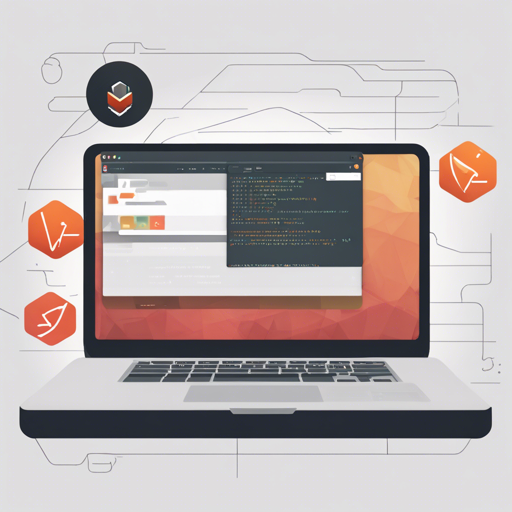Welcome to the world of Ember.js, where we can create powerful web applications with elegant and efficient code! In this tutorial, we will walk through the steps of running a demo application locally. Buckle up, and let’s dive into the essential steps!
Prerequisites
- Ensure you have Node.js installed on your computer.
- Create an account on Firebase to set up your cloud-based database.
Step-by-Step Guide
Follow these steps to get the demo application running locally:
1. Setting Up Firebase
First, create an app on Firebase. After signing up, you can easily set up a new application with just one click. Remember to save the app name because you will need it later for configuration.
2. Clone the Repository
Open your command line interface (CLI), navigate to your desired project folder, and run the following command to clone the repository:
$ git clone git@github.com:zoltan-nzlibrary-app.git3. Change Directory
Navigate into the cloned application directory:
$ cd library-app4. Install Node Packages
Ensure all required node packages are installed by running:
$ npm install5. Configure Environment Variables
Copy the sample environment file and rename it:
$ cp .env-sample .envOpen the newly created .env file and update the API_KEY and PROJECT_ID with your Firebase app credentials.
6. Launch the Application
Run the application using the Ember server:
$ ember serverFinally, open the application in your browser by navigating to:
$ open http://localhost:4200Understanding the Process: An Analogy
Think of setting up the Ember.js application like preparing a new recipe in your kitchen. First, you need to make sure you have all the ingredients (Node.js and Firebase). Next, you gather the recipe by cloning the repository (essentially downloading the recipe book). Then, you follow the preparation steps (installing node packages and configuring environment variables) before you can finally cook and enjoy the dish (launching the application!). Each step is crucial to ensure you end up with a well-cooked meal — or in our case, a functional web application!
Troubleshooting
If you encounter any issues during the setup process, here are some common troubleshooting ideas:
- Ensure Node.js is correctly installed; you can check this by running node -v in your terminal.
- If you face permission issues while cloning the repository, try using HTTPS instead of SSH.
- Make sure your .env file is properly configured with valid Firebase credentials.
- If the Ember server fails to launch, check for dependency issues or missing packages.
For more insights, updates, or to collaborate on AI development projects, stay connected with fxis.ai.
Conclusion
You’ve made it! Now you can run your own Ember.js Octane demo application locally. For further reference and detailed implementation, check the Ember tutorial. You can also explore the live demo at library-app.firebaseapp.com.
At fxis.ai, we believe that such advancements are crucial for the future of AI, as they enable more comprehensive and effective solutions. Our team is continually exploring new methodologies to push the envelope in artificial intelligence, ensuring that our clients benefit from the latest technological innovations.

